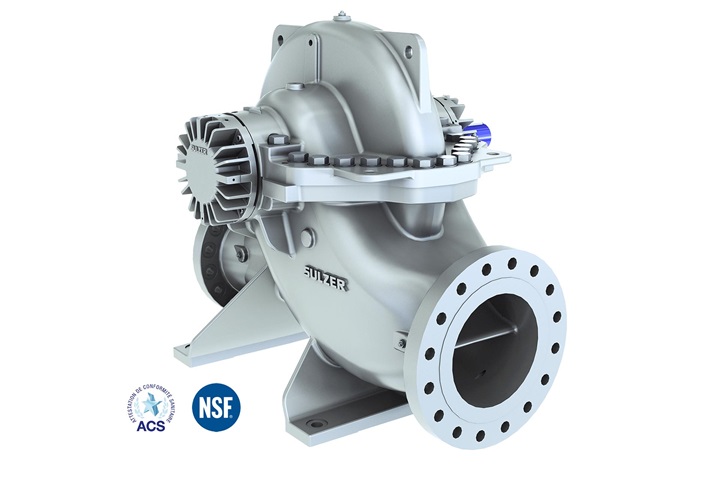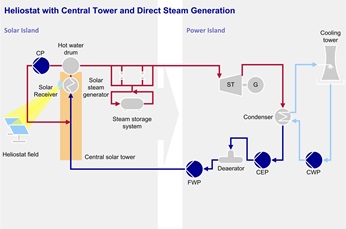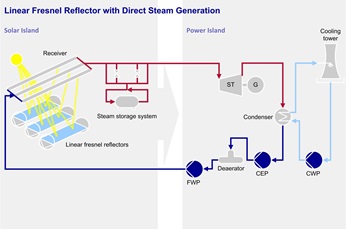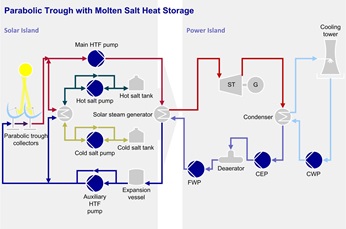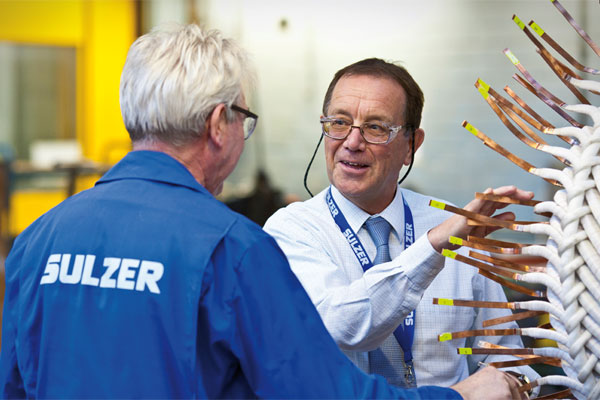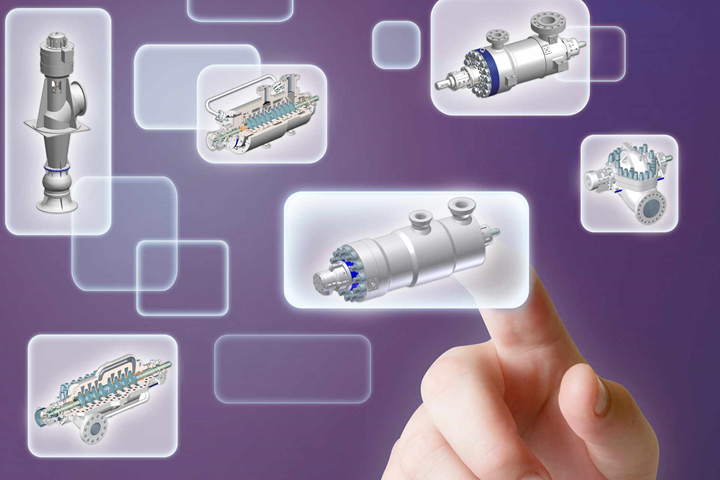Products
-
SJT vertical pumpSJT pumps are typically used whenever a liquid needs to be pumped upward from ground water tables (deep well pumps), manmade underground storage (caverns) or open bodies of liquid. Fully updated hydraulics and mechanical designs make the SJT highly efficient, cost- effective, and low-maintenance.
-
SMD axially split casing double suction pumpThe SMD water pumps are available as standard and configured pumps to meet the demands of different water applications. With a best-in-class hydraulic design, the SMD pumps can take on challenges in raw, clean, sea and brackish water applications. The clean water pumps have ACS and NSF 61 drinking water certifications.
-
ZPP double suction, axially split single-stage centrifugal pumpZPP double-suction axially split single-stage centrifugal pumps are used for demanding high-capacity industrial applications to ensure process reliability, high efficiency, and low operating costs

